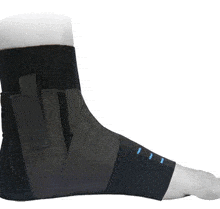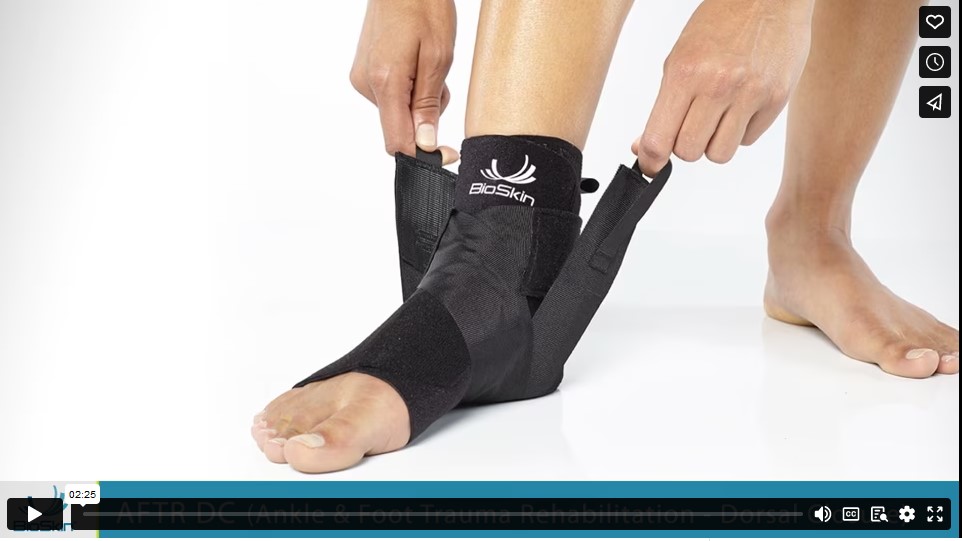AFTR Ankle Brace
Login For Dealer Pricing
AFTR Ankle and Foot Trauma Rehabilitation
The BioSkin AFTR provides compression and stabilization following ankle sprains, other ankle injuries, and foot or ankle surgeries. The AFTR is made from material which is thin and breathable and contours perfectly to the anatomy of the ankle, providing excellent compression to remove swelling, decrease pain, and speed recovery.




